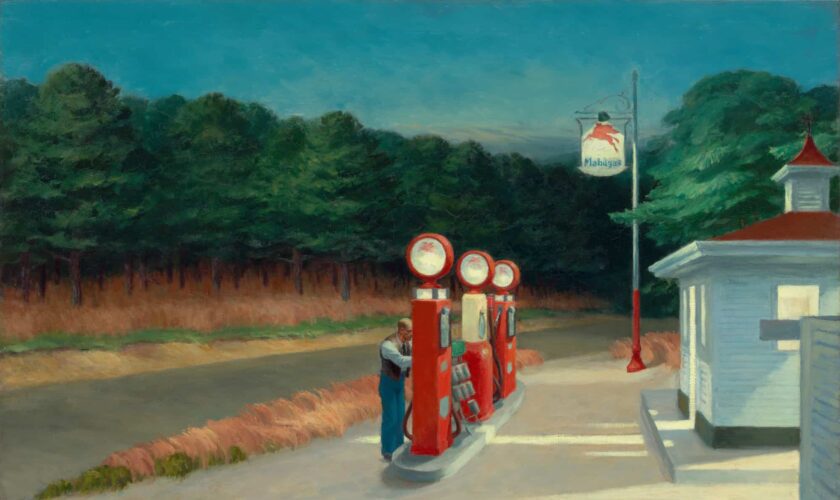Modernism is a term encompassing numerous movements characterizing international developments in literature, music, and the graphic and plastic arts from the late nineteenth century onward. Most commentators consider literary Modernism’s typifying manifestations in English to have appeared between 1890 and 1930. Among the authors most frequently cited are Joseph Conrad, T. S. Eliot, William Faulkner, Ford Madox Ford, James Joyce, D. H. “Lawrence, Ezra Pound, William Carlos Williams, Virginia Woolf, and W. B. Yeats; European writers associated with Modernism include Bertolt Brecht, Andre Gide, Franz Kafka, Thomas Mann, Vladimir Mayakovsky, Marcel Proust, and Rainer Maria Rilke, while Charles Baudelaire, Gustav Flaubert, and Arthur Rimbaud are regarded as three of its principal progenitors. The experimental qualities thought of as essentially Modernist are found in the writings of many of the above; others are more traditional in their stylistic and narrative practices. All, however, respond acutely to the radical shifts in the structures of thought and belief that were brought about in the fields of religion, philosophy, and psychology by the works of Sir James Frazer, Charles Darwin, Friedrich Nietzsche, Sigmund Freud, and others. The moral cataclysm of the First World War accentuated the senses of general cultural catastrophe and individual spiritual crisis apparent in the writings of novelists and poets already sensitive to such disruptions in the humanist tradition. Pound’s Hugh Selwyn Mauberley (1920), Eliot’s The *Waste Land (1922), Woolf s Jacob’s Room (1922), and Joyce’s “Ulysses (1922) are among the works which indicate the breach with the conventions of rational exposition and stylistic decorum in the immediate post-war period.
Experimental techniques become a distinguishing trait of Modernist texts between approximately 1912 and 1930, the period of what is sometimes referred to as ‘High Modernism’. Among the strategies used to reinterpret experience in the novel were the ‘stream of consciousness’ mode, narrative discontinuities, shifting authorial perspectives, and effects of montage and collage comparable to innovations in the cinema and painting. Similar procedures were introduced into poetry through the extended poetic engagements with personal experience, history, and contemporary conditions in The Waste Land and Pound’s early drafts of The *Cantos (1917-33). These works demonstrated the possibilities for poetry’s freedom from the constraints of orthodox thematic development, metrical determination, and the distinctions between lyrical and expository idioms. “Imagism’s emphasis on clarity, concentration, and the essential functions of the image revised poetic theory and practice in Britain and America from around 1912 onward. The use of myth as a structural device is common to numerous definitive texts, most notably Ulysses, The Waste Land, and The Cantos; the energetic stylistic mobility evident in each of these exemplifies the high degree of aesthetic self-consciousness of literary Modernism. Edith Sitwell, Pound, and Wyndham “Lewis were among the Modernist writers noted for polemical hostility towards conservative authors, a quality often evident in the little magazines with which they were associated; the vigour with which they rejected conventional literature arose from the urgency of the need they felt to sever connections with a culture the war had proved a failure. The Modernists’ disregard of the expectations of a common readership resulted in allegations of obscurity and elitism which remain central to critical debate. Modernism has been, and remains, widely pervasive in its influence; it has engendered a multiplicity of approaches to matters of literary form and content that have affected writing in English, whether obviously or subtly, on almost every level.
A Survey of Modernist Poetry (1927) by Robert Graves and Laura Riding, which established a firm distinction between ‘modern’ and ‘modernist’, is one of the earliest extended studies of literary modernism. The Modern Tradition: Backgrounds of Modem Literature (1965, edited by R. *Ellmann and C. Feidelson) remains valuable as an anthology of Modernist documents. Modernism (1976, edited by M. Bradbury andj. McFarlane) offers a comprehensive critical survey. Among the many studies available are H. Kenner’s The Pound Era (1971), S. Schwartz’s The Matrix of Modernism (1985), A. Gelpi’s A Coherent Splendor: The American Poetic Renaissance, 1910-1950 (1988), and B. Bergonzi’s The Myth of Modernism and Twentieth Century Literature (1986).


